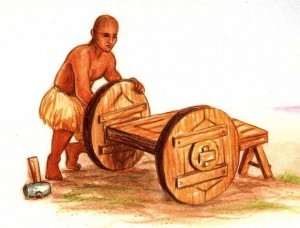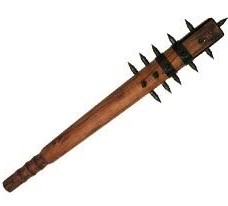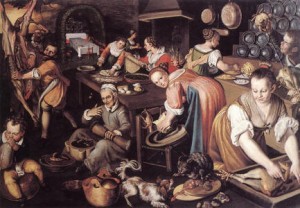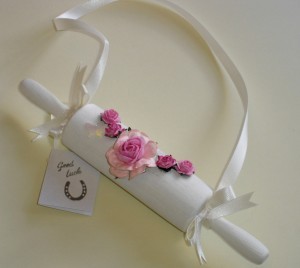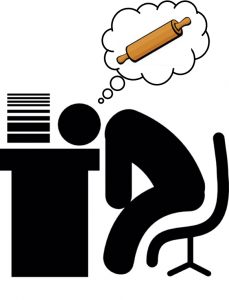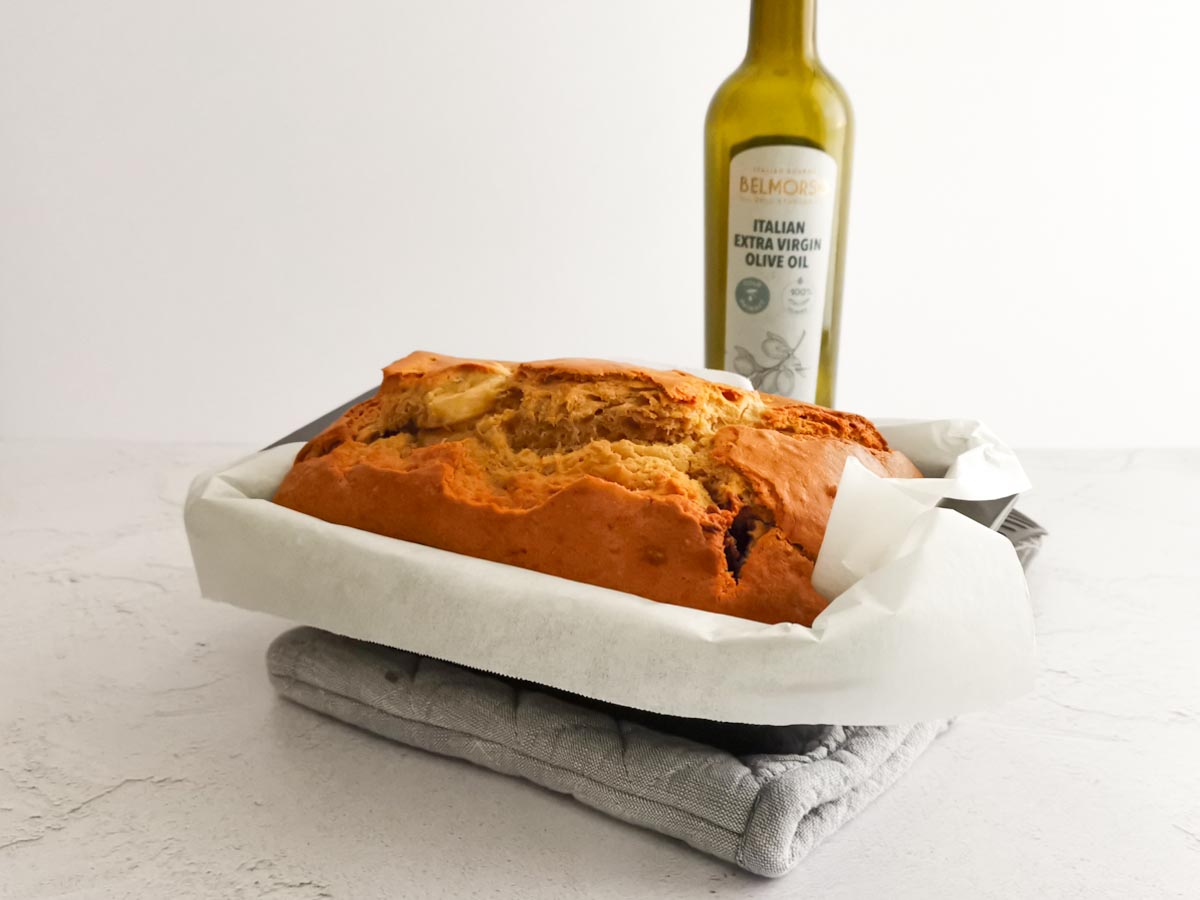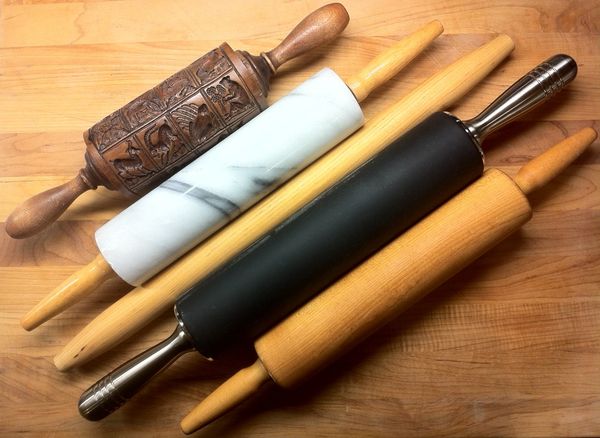
The Dinette Teller – 03. The Rolling Pin
The rolling pin is one of the most useful kitchen utensils. But did you know that despite its size and simplicity, it was derived from one of the biggest invention of the history: the wheel?
Nowadays, this instrument is a basic tool in the culinary cultures of every country. In the Italian kitchen, it enables us to make tagliatelle, fettuccine, ravioli and so on. Since its discovery, the quality and the variety of meals improved dramatically.
The word “mattarello” was born in the XIII century, which means “rolling pin”. In Italian, it came from the word “mattero”, which means “bludgeon”, because of its shape.
It was already in use during the Greek and Roman Epochs. The rolling pin was utilized to flatten the pastry, obtain very thin dough sheets which were called “tractum” (used for wrapping chicken or other roasted meats), to fill them, or to make pasta.
The rolling pin remained an essential utensil during the Middle Ages, but it hit its peak during the Renaissance, when it became the Kitchen King.
A decorated rolling pin, with the names of the wedding couple etched on it, was usually given to the bride as a present and to wish for a beautiful life and home with the new groom. This was the era when the woman was referred as the “angel of the heart and of the kitchen”.
Moreover, it was a common belief that dreaming of using a rolling pin was a sign of wide immagination and creativity and that a great new idea was being conceived by the dreamer.
Yes, a very simple object like this has a meaning. it might even bring you good luck! Be careful not to get rid of it!

